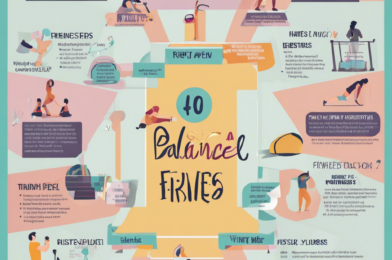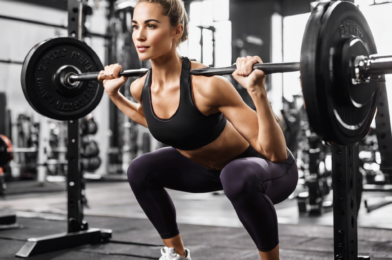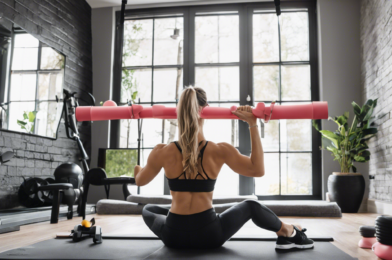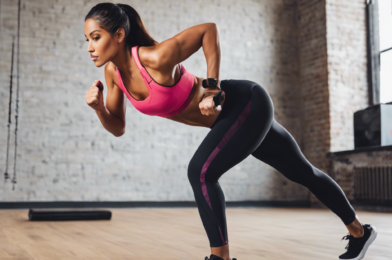Creating a balanced fitness routine is key to achieving your health and fitness goals, and it’s easier than you think! It’s all about understanding your body, its capabilities, and its limitations while also knowing what resources are available to you. This will allow you to develop a sustainable and enjoyable fitness regimen.
First, consider your fitness goals. Are you looking to build strength, improve cardiovascular health, increase flexibility, or maybe lose weight? Understanding your goals will help structure your routine and keep you motivated. For example, if your goal is to run a marathon, focus on building endurance through running, walking, and strength training.
Variety is essential, so incorporate different types of exercises. Cardio exercises, such as running, swimming, or cycling, are great for heart health and burning calories. Strength training, including bodyweight exercises, weightlifting, or resistance bands, builds muscle and bone strength. Don’t forget flexibility work, such as yoga or stretching, which can improve your range of motion and reduce the risk of injury.
Consistency is vital, but be sure to give your body time to rest and recover. Overtraining can lead to injuries and burnout. Listen to your body, and allow for rest days or active recovery sessions, like light yoga or swimming, in between more intense workouts. This will ensure your body has time to repair and come back stronger.
To stay motivated, create a sustainable routine by starting slowly and gradually increasing the intensity and duration of your workouts. This helps prevent injury and gives your body time to adapt to the new demands. Find what works for you and your schedule, and soon enough, your fitness routine will become a natural part of your daily or weekly routine.
It’s also beneficial to mix up your routine every few weeks to challenge your body in new ways and keep things interesting. For example, try interval training, where you alternate between high-intensity bursts and slower recovery periods, or try a new fitness class to discover different exercises and stay motivated.
If you’re new to fitness or returning after a long break, it’s crucial to start slowly and listen to your body. Consult a doctor or certified fitness professional if you need guidance or have health concerns. They can provide personalized advice and help create a plan suited to your needs and abilities.
Fitness should be accessible and enjoyable, so explore the resources available to you. Many online workouts and apps offer guidance and structure, especially helpful if you’re working out at home or don’t have access to a gym. You can also find free online resources and communities that offer support and ideas for workouts, helping you stay motivated and on track.
Lastly, remember that creating a balanced fitness routine is an individual process. It won’t look the same for everyone, and that’s okay! Enjoy discovering what works for you and embrace the journey towards a healthier you.
Creating a balanced fitness routine is a rewarding and enjoyable process that empowers you to take control of your health and well-being.






